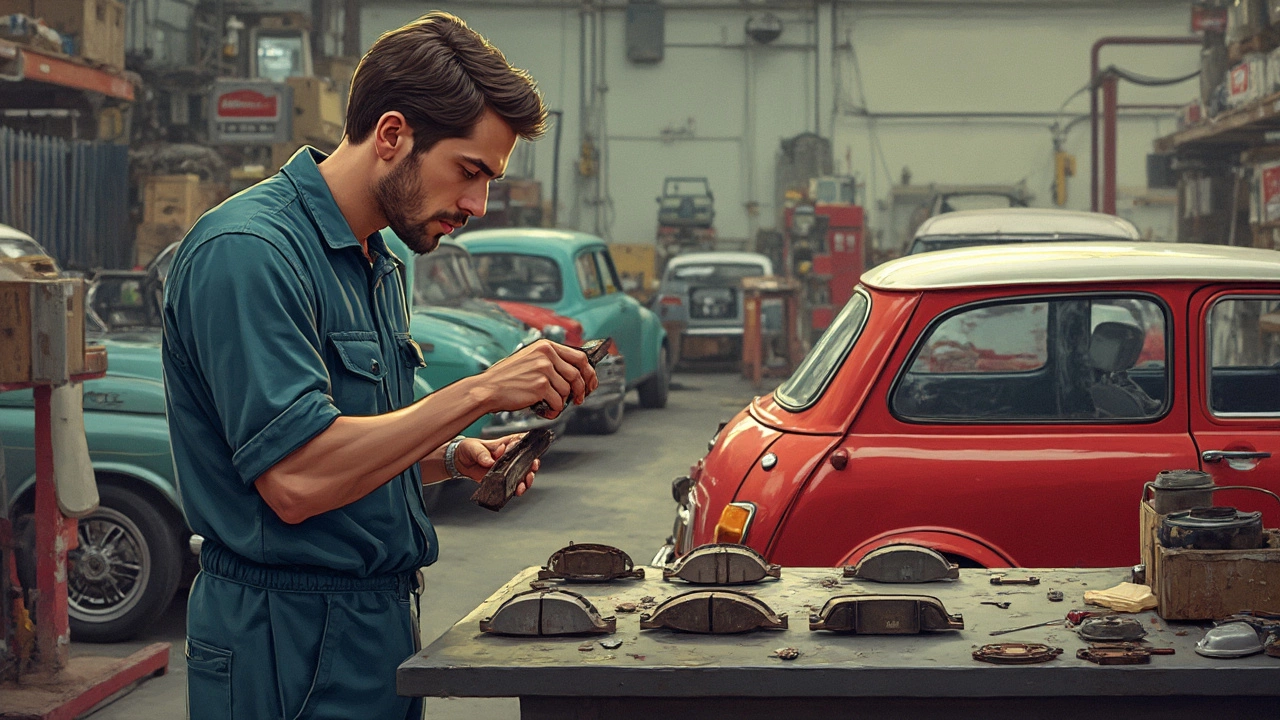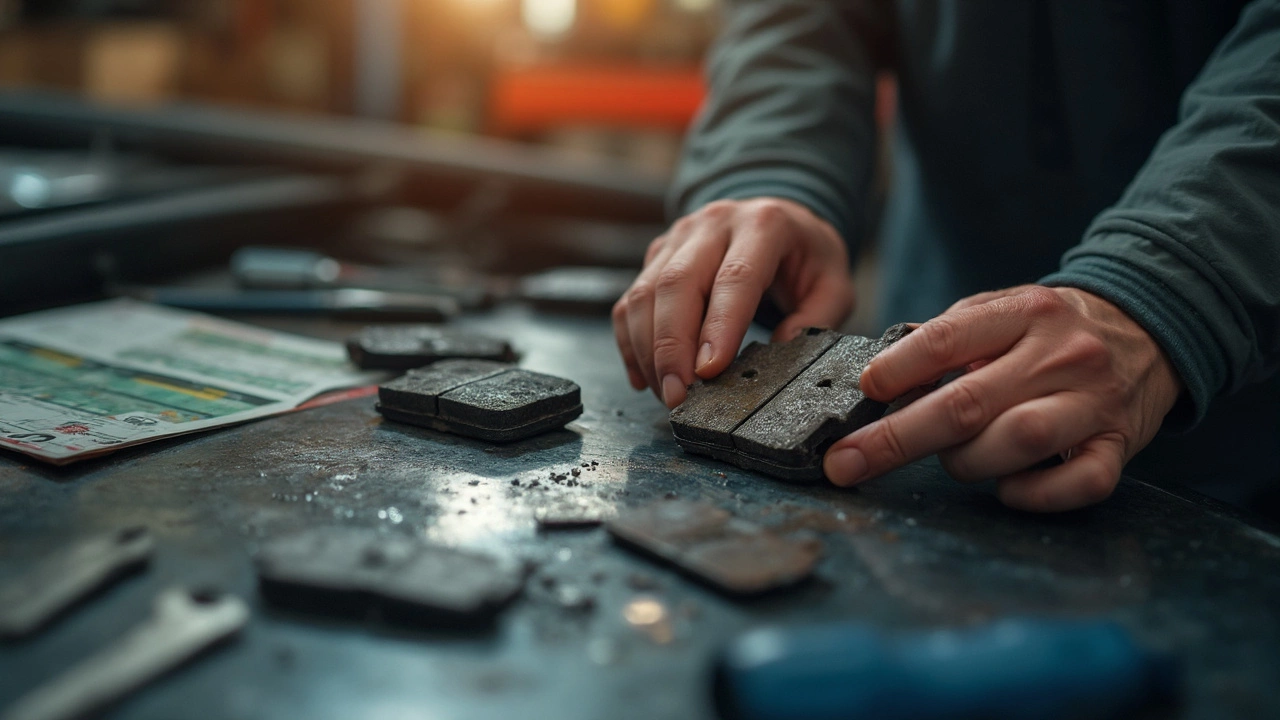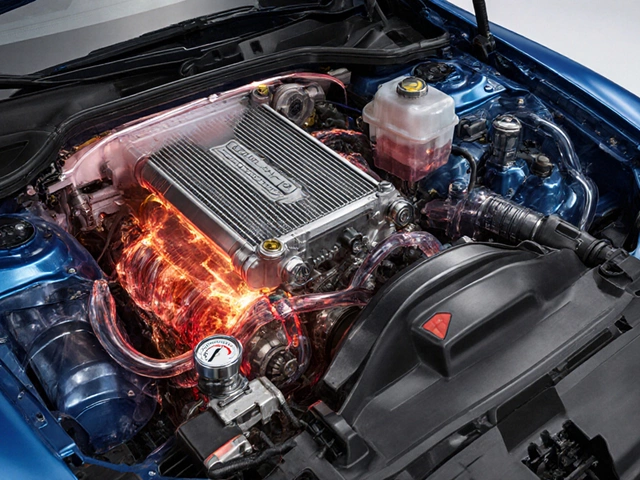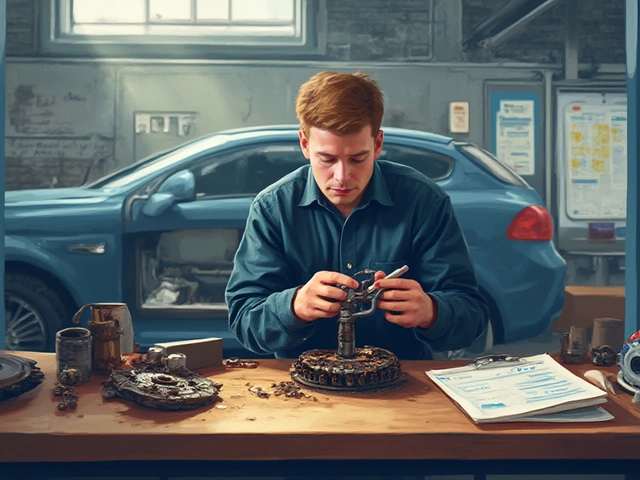Driving Habits That Save Money, Keep You Safe, and Extend Your Car’s Life
Ever wonder why your fuel bill spikes after a week of city traffic, or why your tyres wear out faster than expected? The answer often lies in the way you drive. Small steps—like easing off the gas, checking your brakes, or paying attention to suspension health—can make a huge difference.
Why Your Driving Style Matters
Hard acceleration and sudden stops put extra stress on the engine, clutch, and brakes. Over‑reving the engine burns fuel and can damage spark plugs, while jerky stops wear rear brake pads quicker. Even a bent suspension, if ignored, can affect handling and cause uneven tyre wear. By smoothing out these habits you’ll notice better fuel efficiency, longer tyre life and fewer surprise repairs.
Practical Habits to Adopt Today
1. Anticipate traffic. Keep a safe distance and look ahead. This lets you coast instead of constantly slamming the brakes, which protects rear brake pads and reduces wear on the suspension.
2. Shift gently. If you drive a manual, avoid riding the clutch. Let the clutch engage fully before shifting. Rough clutch use can lead to early clutch failure, like the issues discussed in our clutch vs transmission guide.
3. Keep an eye on tyre pressure. Under‑inflated tyres force the engine to work harder, hurting fuel efficiency and causing premature tread wear. Check pressure once a month and after long trips.
4. Limit high‑speed runs. Driving at 70 mph+ spikes fuel consumption and wears out the engine’s spark plugs faster. If you notice rough idling or loss of power, it might be time to check your spark plugs.
5. Spot suspension problems early. A rattling noise or uneven ride could mean bent suspension or worn shocks. Driving with bad suspension isn’t just uncomfortable—it’s unsafe and can damage other components.
When you combine these habits with regular checks—like testing the fuel pump, inspecting air filters, and knowing when to replace both windshield wipers—you create a maintenance routine that catches issues before they become costly.
Remember, it’s not just about big fixes. Simple actions like using the right type of air filter, keeping your battery terminals clean, or not removing essential parts such as the rear wiper (which can affect MOT compliance) keep the car running smoother.
Start with one habit today—maybe keep a closer eye on your tyre pressure. Notice the difference in fuel use and comfort. Then add another, like gentle shifting, and watch your car thank you with fewer trips to the garage. Small changes add up, and your wallet will feel the relief.
 30 July 2025
30 July 2025
How Long Does a Clutch Last After You Smell It Burn? Real-World Lifespan and Advice
Noticed that classic burning clutch smell? Learn how long your clutch might last after burning, what to watch for, and how to get the most miles before replacing.
 7 June 2025
7 June 2025
How Long Will 5 Brake Pads Last? Real-World Lifespan Explained
Ever wondered how long five brake pads can actually last before you need a change? This article explores what really affects brake pad life, from how and where you drive, to what your car needs and how you treat it. Get practical tips on spotting signs of wear, making pads last longer, and avoiding those sudden roadside emergencies. Real stories and real numbers—no empty promises, just answers you can use. Finally, find out if that fifth pad makes a difference or if it's just a marketing twist.
 24 April 2025
24 April 2025
Brake Pads: How Often Should You Really Replace Them?
Wondering how often to change your brake pads? This guide cuts through the guesswork, with clear info about when to replace them, what signs to watch for, and how your driving style affects their lifespan. You'll also get practical tips to help your brake pads last longer. Keep your car safer and your wallet happier. Know exactly what to expect instead of waiting for that dreaded squeal.
Latest Posts
-

Running a Car with a Bad Radiator: Risks, Signs & What to Do
-

Find Your Windscreen Wiper Size Easily
-

Clutch Replacement Costs: Real Prices, Causes, and Savings Tips
-

Essential Car Tuning: Post-Exhaust Upgrade Insights
-

How Many Miles Do Brake Pads Last? Real-World Expectations and Signs You Need New Ones

0